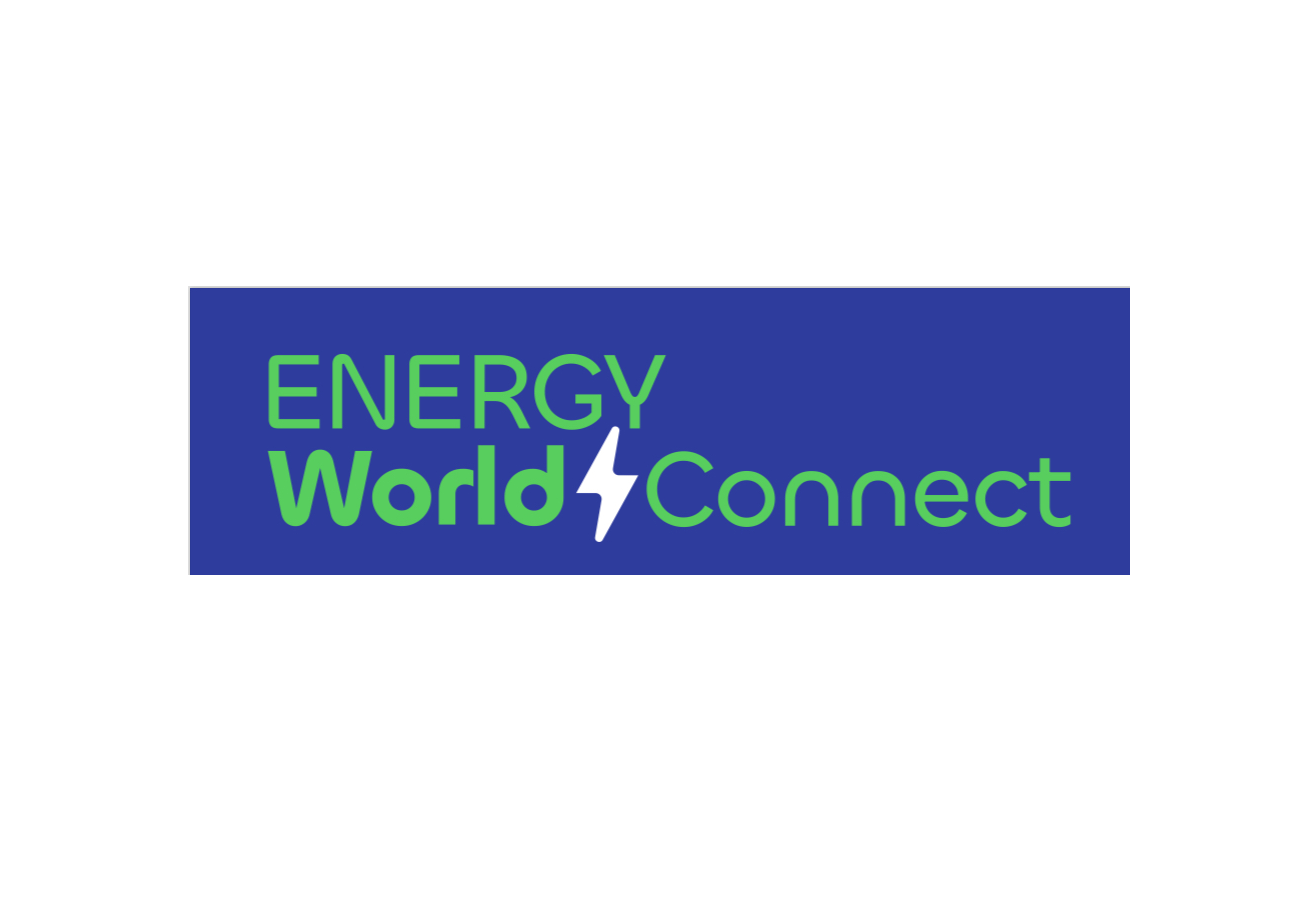Frequently Asked Questions (FAQ)
As a rule of thumb, the minimum required battery capacity for a 12-volt system is around 20 % of the inverter capacity. For 24-volt inverters, it is 10 %. The battery capacity for a 12-volt Mass Sine 12/1200, for instance, is 240 Ah, while a 24-volt Mass Sine 24/1500 inverter would require at least 150 Ah. The indicated battery capacity is only for the inverter. The capacity required for other loads should be added to it.
There are various types of inverters, including off-grid inverters, grid-tied inverters, hybrid inverters, microinverters, and string inverters. Each type serves different purposes and is suited for different solar power system configurations.
The size of the inverter depends on factors such as the size of your solar panel array, your energy consumption needs, and whether you want to be grid-tied or off-grid. It’s essential to consult with a solar energy professional to determine the right size for your specific requirements.
Pure sine wave inverters produce electricity that closely resembles the smooth, undulating waveform of utility grid power, making them suitable for sensitive electronics and appliances. Modified sine wave inverters generate a choppy waveform and may not be compatible with certain devices.
When selecting a battery for your solar power system, consider factors such as energy storage capacity, depth of discharge, cycle life, efficiency, and cost. It’s essential to match the battery’s specifications with your energy consumption needs and system requirements.
The lifespan of a solar battery varies depending on factors such as battery chemistry, usage patterns, depth of discharge, and maintenance. Lead-acid batteries typically last around 5 to 15 years, while lithium-ion batteries can last up to 20 years or more with proper care.
When selecting solar panels, consider factors such as efficiency, durability, warranty, aesthetics, and cost. It’s essential to balance these factors to find the best panels for your specific needs and budget.
Monocrystalline solar panels are made from single silicon crystals, resulting in higher efficiency and a sleeker appearance. Polycrystalline solar panels are made from multiple silicon fragments, making them more affordable but slightly less efficient.
Social Media Accounts
Address
Bareilly
+91-9520123007
Send a Message
Quick Links
Address
Bareilly

